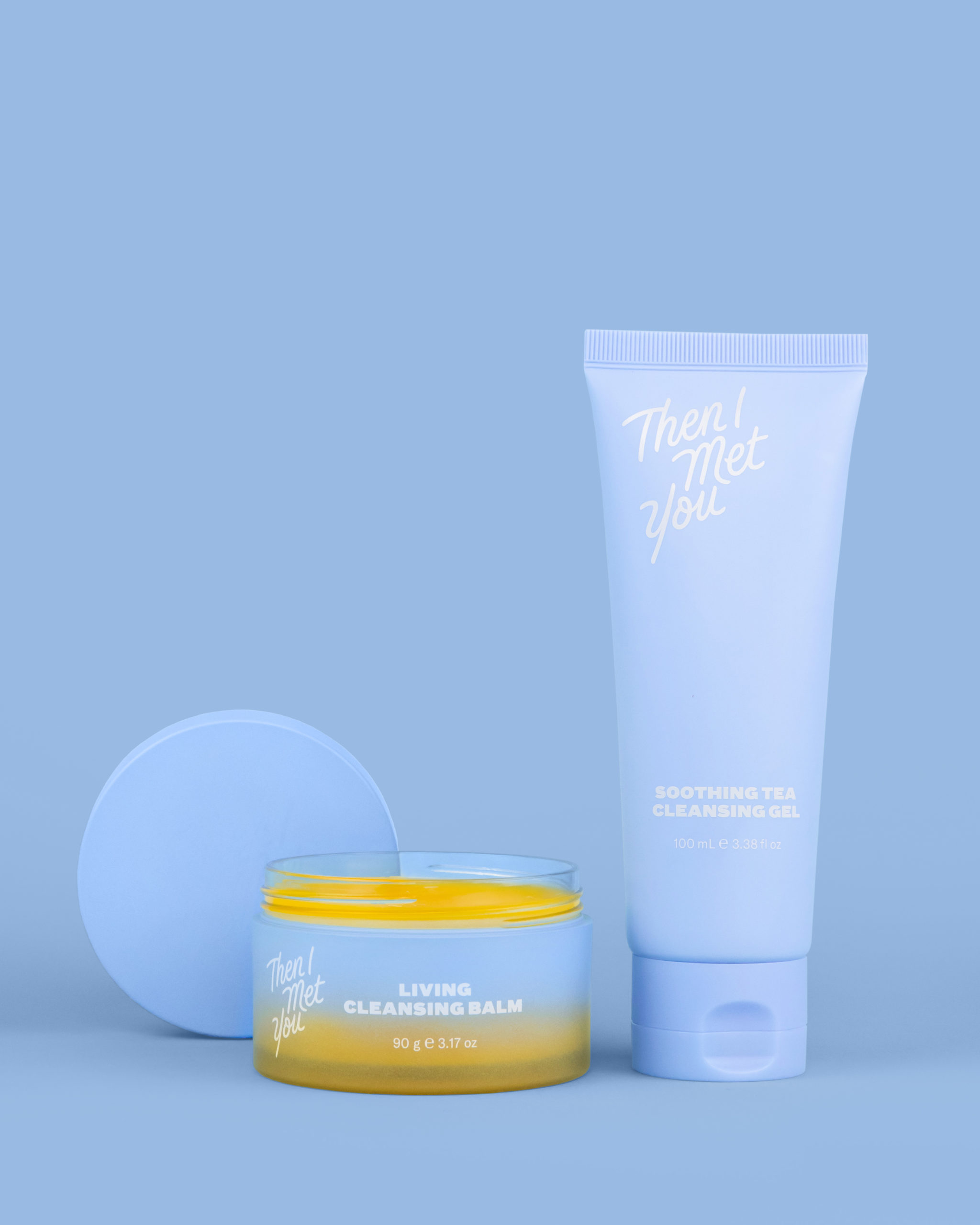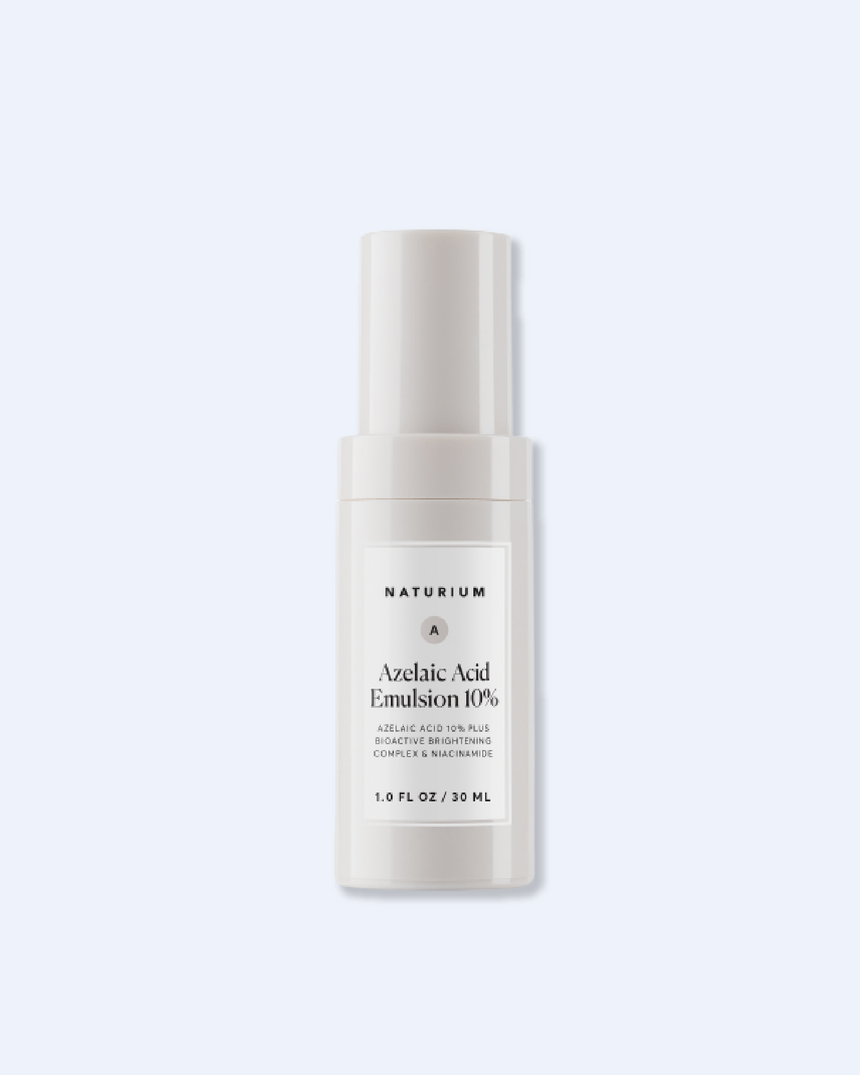Closed comedones, AKA whiteheads, are super irritating- but easy to tackle.
There is nothing more irritating than acne that isn’t quite acne. Trust me, we’ve all been there: incessantly picking at those tiny, pesky white bumps on your forehead, hoping and praying that they’ll miraculously vanish.
Turns out, those pint-sized bumps have a name. Known as one of the milder forms of acne, closed comedones, AKA whiteheads, arise when a skin follicle is clogged by sebum, dead skin cells and bacteria. Unlike blackheads, these closed comedones cannot be pushed out — so treating them goes way beyond squeezing them.
How to Spot Close Comedones AKA Whiteheads
Whiteheads, blackheads, papules, pustules… does the list ever end?
A common mistake that’s made when treating acne is not knowing what type of acne you’re dealing with. Similar to whiteheads, fungal acne and milia both appear on your skin as small, raised bumps. So, let’s dive into how they differ from closed comedones!
Fungal acne — also referred to as Pityrosporum folliculitis — isn’t acne, technically. Caused by a yeast infection, fungal acne can be identified by itchy, small red bumps. Whiteheads, on the other hand, are white, non-itchy bumps.
Likewise, milia is the result of keratin overgrowth. They appear on your skin as grain-sized, white bumps. However, unlike closed comedones AKA whiteheads, the area around milia is not as inflamed or raised.
Tips For Treating Closed Comedones
The good news is that there are plenty of options when it comes to eradicating whiteheads.
1.Double Cleansing
Double cleansing is revered in the K-beauty world, and rightfully so. A double cleansing ritual consists of two parts: first, an oil-based cleanser to take care of makeup and oil buildup, and then a water-based cleanser to deeply remove old skin cells, bacteria, and other water-based impurities.
By engaging in two rounds of cleansing, you’re helping remove the stubborn gunk
and leftover makeup in your pores, giving your skin a breath of fresh air. Then I Met You’s award-winning Cleansing Duo combines a double cleansing ritual with nourishing ingredients like rice extract and Vitamin E to cleanse your skin without excessive irritation.
2. Tea Tree Oil
TikTokers swear by this at-home remedy for comedonal acne. Tea tree oil is a godsend for killing bacteria and calming inflammation. However, it should be used sparingly as it can cause dryness, blisters or rashes when applied directly to the skin. Instead, incorporating it into your skin care routine with products like Benton’s cult-favorite Tea Tree Serum is the safer route.
For those that suffer from whiteheads on the body, this Tea Tree Care Body Spray from KLAVUU features tea tree oil and salicylic acid to fight breakouts all around your body.
3. Azelaic acid
Azelaic acid is a skin care powerhouse: it clears your pores of bacteria while soothing inflammation. Dermatologists rave about azelaic acid for its gentleness on the skin and its versatility. Naturium’s Azelaic Acid Emulsion contains a concentrated blend of azelaic acid, bio-retinol and niacinamide, perfect for zapping away those stubborn whiteheads.
4. Hands Off!
The golden rule in skin care is that picking at your pimples is never a good thing. In the case of whiteheads, this still holds true. As satisfying as it is to pop your pimples, popping whiteheads may contribute to more sebum and bacteria buildup in your pores, in addition to infecting or scarring your skin. As someone who is frequently resisting the urge to pop my pimples, I like to apply pimple patches to bigger whiteheads to avoid the temptation.
5. Retinol
Retinol is frequently referred to as a miracle ingredient for anti-aging, but it also does wonders for pore clearing, too. By increasing your cell turnover, retinol not only keeps your skin glowing, but it also makes sure that your pores aren’t blocked. Depending on your skin preferences, prescription retinoids or over-the-counter retinol, like Versed’s Press Restart Serum, are both effective options.
+Do you have closed comedones? How do you tackle them?
















